Search
Search Results
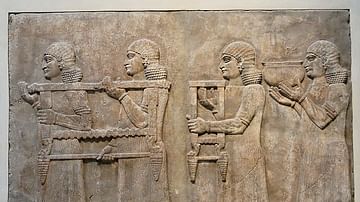
Image
Servants at Dur-Sharukkin (Khorsabad)
A relief of servants from the palace of Sargon II at Dur-Sharrukin (present-day Khorsabad, Iraq), c. 713-716 BCE. Now in the Musee du Louvre, Paris.
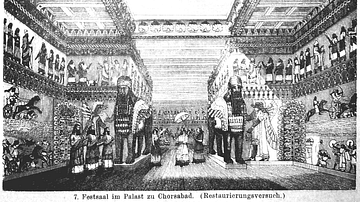
Image
Palace of Khorsabad
Artistic attempt at reconstruction of the inside of the palace of Khorsabad, constructed by the Assyrian king Sargon II.
From the 1901 Brockhaus Enzyklopädie.
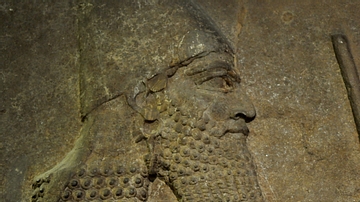
Image
Sargon II, Khorsabad
Detail of a gypsum wall relief showing the Assyrian King Sargon II. Neo-Assyrian Period, 710-705 BCE. From the palace of Sargon II at Khorsabad, Mesopotamia, Modern-day Iraq. (The British Museum, London).

Definition
Dur-Sharrukin
Dur-Sharrukin (modern Khorsabad, Iraq) was a city built by Sargon II of Assyria (r. 722-705 BCE) as his new capital between 717-706 BCE. The name means Fortress of Sargon and the building project became the king's near obsession as soon as...
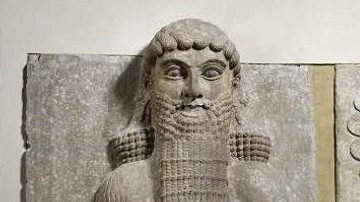
Image
Hero Overpowering a Lion
The Hero Overpowering a Lion Neo-Assyrian period, reign of Sargon II (721-705 BC) Khorsabad, ancient city of Dur Sharrukin, facade N of the throne room of the palace of Sargon II, Assyria (Iraq). High relief, gypseous alabaster, traces...
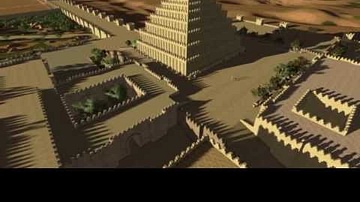
Video
Khorsabad (Dur-Sharrukin)
3D reconstruction of Khorsabad designed by Kais Jacob Ishak.
KHORSABAD (Dur-Sharrukin) Capital of the Assyrian Empire in the ancient world (Mesopotamia) built by King Sargon II in 717 BCE.
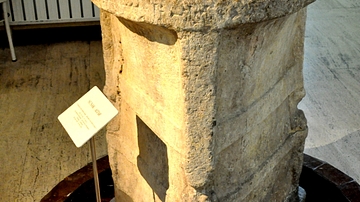
Image
An Altar from Dur-Sharrukin
This limestone altar was dedicated to the temple of the god Sibitti by the Assyrian King Sargon II. From Dur-Sharrukin (modern Khorsabad, Ninawa Governorate, Iraq), Mesopotamia. Neo-Assyrian era, 721-705 BCE. (Istanbul Archeological Museums/Ancient...

Article
Assyrian reliefs
Mostly dating from the period 880-612 BCE, these carved scenes are found on free-standing stelae and as panels cut on cliffs and rocks at distant places reached by the Assyrian kings during their campaigns. The most spectacular use of stone...
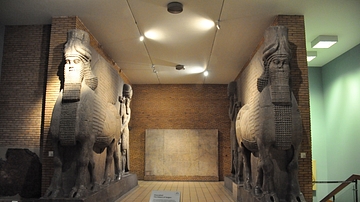
Image
Human-Headed Winged Bulls and Genies from Khorsabad
A pair of human-headed and winged-bulls (lamassu), stood on either side of a gate at one of the citadel walls at Khorsabad. Two human-headed and winged protective spirits or genies stand behind the bulls; those divine figures are about to...
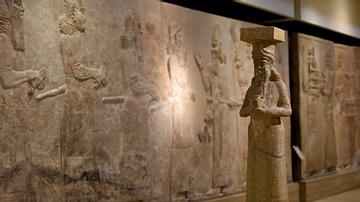
Image
Statue of a Minor Deity & Tributary Scenes Khorsabad
On the right, a statue of a minor deity (probably Ea) stands and holds a vessel in his hands, from which water flows. It is one of a pair of statues which were found outside the entrance (in front of trees) to the Temple of Sin at Khorsabad...